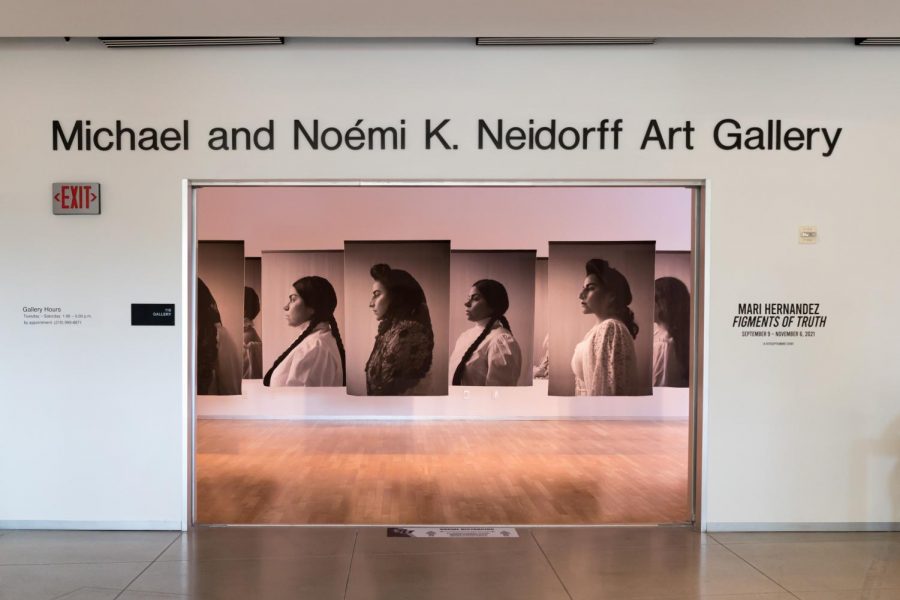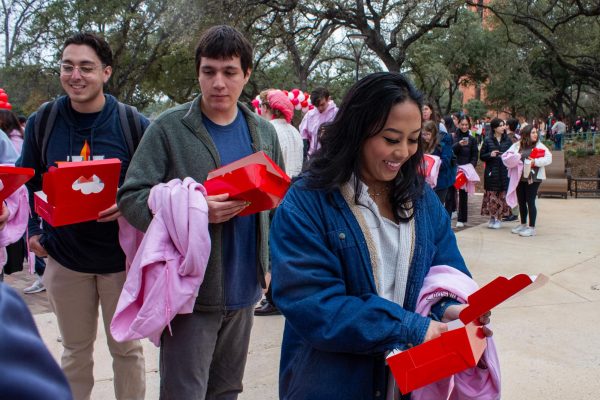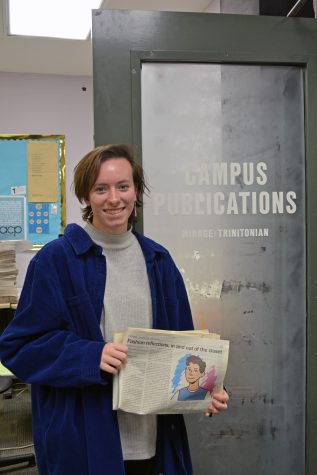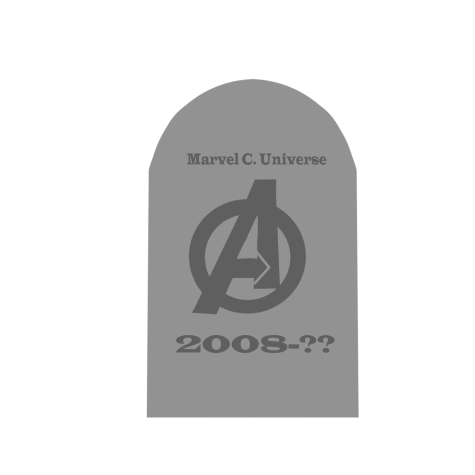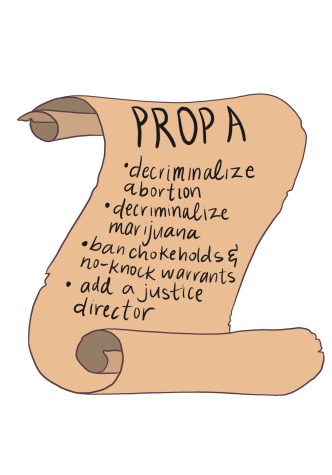Self-portrait photography by Mari Hernandez open at Neidorff Art Gallery
San Antonio artist explores story of Mexican-American experience and identity
From Sept. 9 to Nov. 6, the work of San Antonio based artist Mari Hernandez will be exhibited in a solo show titled, “Figments of Truth.” “Figments of Truth” is an installation that addresses the history of photographic portraiture. Hernandez’s monumental and suspended self-portraits provoke questions about representation, likeness and the complexity of unfolding narratives. The show is taking place in the Michael and Noémi Neidorff Art Gallery in the Dicke Art Building. The gallery hours are Tuesday through Friday from 1-5 p.m., and due to current COVID-19 restrictions, the gallery is currently only open to those allowed to be on campus.
The following is an interview I conducted over the phone with Mari Hernandez to inquire more about herself, her practice and “Figments of Truth.”
To start, can you tell me a little about yourself and “Figments of Truth”?
I am a multi-disciplinary artist. I work mainly in photography, and I am also the manager of education at Blue Star contemporary, so all of the work that I do is involved in the arts, and “Figments of Truth” is a combination of two series of works. One series is a set of photographic self-portrait flags that are printed onto a large piece of fabric called Crepe de Chine, and then the second series is a smaller set of photographic prints.
What made you decide to print your self-portraits on Crepe de Chine?
It had a lot to do with the content of the work. I enjoy experimenting with the materials that I print on. Within self portraiture, I create different fictional characters that collectively speak or tell a narrative usually based in history, politics and regional history. In particular, they are inspired by my identity as a Mexican American woman. I refer to the larger images printed on Crepe de Chine as flags because they are meant to be symbolic of something — symbolic of the particular character, of a narrative that is sort of built around the entire series. The fabric is really thin and light so when you walk by it, it kind of moves with any sudden gust of air. It kind of brings the portraits alive. I think all of those things connected for me when I was creating the work.
How did you decide on the title “Figments of Truth”?
Figment is defined as something that is a product of your imagination. That can speak to the portraits themselves — these are fictional characters that are stand-ins for historical events that may have never been documented. Really, they are a figment of my own imagination, and that word coupled with truth can kind of speak to a couple of things. They contradict each other, and it speaks to my own perspectives on history, and this sort of impression that a lot of history is narrative based. We are taught this one particular view of history, and if you take the time to dig a little bit deeper into something, you realize that these aren’t full truths that we are being taught. Histories can differ depending on who’s telling the story, or depending on the perspective. It kind of relates to those topics.
I know you take on different personas or characters in your self-portraits. Were you inspired by artists like Cindy Sherman?
Yeah, definitely. When I first became interested in self portraiture, I was looking for other female photographers that were disguising themselves in their self-portraits, and there weren’t many. Cindy Sherman was definitely one of the very few photographers that I came across early on. Really, she was my primary source of inspiration. In particular, I was looking for artists, Mexican American women, whose work that I could relate to in a cultural sense, and I couldn’t find any of that. You know, later on, after I began to learn a little bit more about art, I was introduced to new artists and found connections with the practices of other artists that were creating self-portraits, but I think Cindy Sherman was definitely my primary inspiration in terms of her ability to alter appearance, or even approach the medium of self portraiture in a different way.
Does the process of self portraiture help you find your sense of self more?
That’s a good question. I think it helps…in creating work, I seek to find some sort of resolution to themes or issues that I’m researching or investigating. A lot of the work is kind of based on emotional reaction to issues. They may not be a true physical depiction of myself, but they certainly are a depiction of my own thoughts and feelings on certain issues. In visually articulating these sorts of feelings I have, I’m able to better understand whatever it is that I’m trying to investigate, and I think that in finding those things and realizing a resolution. I feel like it’s kind of a reflection of who I am as an individual, but I also think the work doesn’t always provide a sense of closure or resolution; sometimes it leaves me asking more questions, and more often than not, that’s the case.
What does this show mean to you?
It means a lot of things. This show is a huge success for me because it’s the first solo show that I put together and it was entirely grant funded, and in the end, the work kind of came out exactly how I had envisioned it, and that felt really good. In terms of the context of the portraits, and how the final product came out, it all came out exactly the way I had planned it to be. Thinking back on the process of creating the series from start to finish, the completion of it solidified my role as an artist and taught me a lot. I feel like it’s helped me develop in a lot of different ways. It feels really good to know that I’m reaping the benefits of all the hard work I put into it, and people are looking at it, and they’re interested in it. They’re talking about it, and so that, for me, is a huge success.

